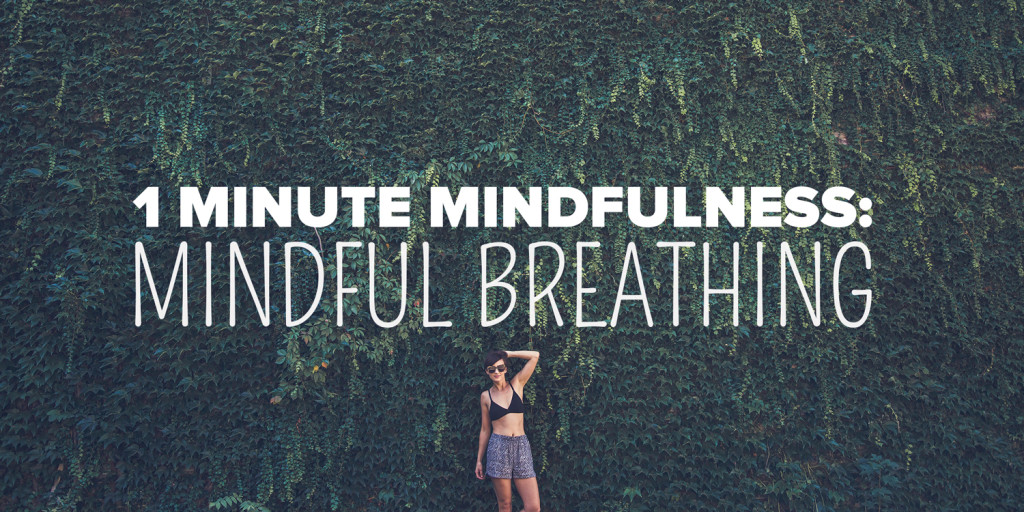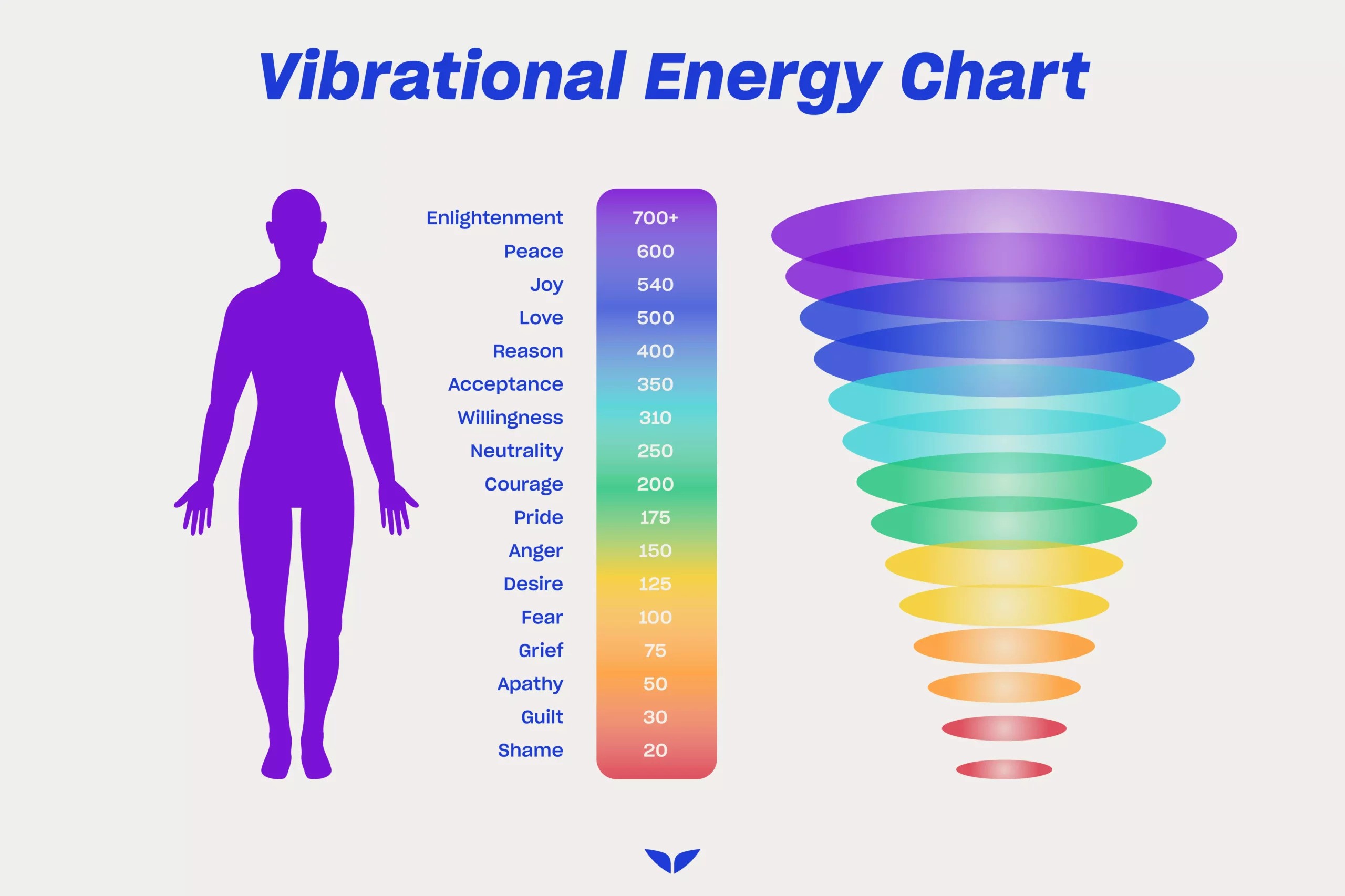Best Breathing Exercises For Mindfulness
One simple technique to cultivate mindfulness is to concentrate on your own breathing. You'll find it easier to focus attention on your breath in your daily life after setting aside time to practice mindful breathing—an important skill to help you deal with stress, anxiety, and negative emotions, cool down when your temper flares, and sharpen your ability to concentrate.
Focusing your attention on your breath, both inhale and exhale, is the most basic form of mindful breathing. You can do this standing, but it's best if you sit or lie down in a comfortable position. You can keep your eyes open or closed, or maintain a soft gaze, with your eyes partially closed but not focusing on anything specific. Setting aside a specific time for this exercise can be beneficial, but it can also be beneficial to practice it when you're feeling particularly stressed or anxious. Experts believe that practicing mindful breathing on a regular basis will make it easier to do so in stressful situations.
Best Breathing Exercises For Mindfulness
Breathing exercises are an accessible entry point into mindfulness. You already know how to inhale and exhale. Now, learn how to observe your breath, sense it, return to it, and eventually gain better control over it to unlock its remarkable power. Start with these five mindfulness breathing techniques from our list.
1. Mindful Breathing
Place your hands in your lap and sit quietly in a chair with both feet on the ground. Allow yourself to settle into the chair and feel at ease. Concentrate all of your attention on the act of breathing. Begin to pay attention to how your breath enters your body through your nose and travels to your lungs. Observe whether the inward and outward breaths are cool or warm, and where the breath travels as it enters and exits with curiosity.
As your lungs relax and you inhale through your nose, pay attention to your breath. Don't try to control your breathing; just notice it, pay attention to it, and be conscious of it. It doesn't matter if you breathe slowly or quickly, deeply or shallowly; it just is. Allow your body to function as it should.
You'll notice that your diaphragm or stomach expands when you breathe in and that your diaphragm or stomach relaxes when you breathe out. Again, don't try to do anything; simply notice the physical sensations of inhaling and exhaling. It's fine if your thoughts start to creep in. Don't be concerned; simply notice the thoughts, allow them to exist, and gently return your attention to your breath.
Begin with 5 minutes of exercise and gradually increase the time. If you have trouble sleeping, you can do this exercise lying down in bed. It's simply a method of allowing you to be more mindful and conscious of your body and its surroundings, as well as your breathing and relaxation capacity. Our muscles relax when we relax our breathing.
2. Deep Breathing
You can start here to work on changing your breath, deepening it, to achieve the desired result. Deep breathing, also known as belly breathing or diaphragmatic breathing, is exactly what it sounds like and can help you relax and unwind. The stress response is deactivated and the “rest and digest” state is activated by breathing deeply into the belly and then completely exhaling.
Stressed? Overwhelmed? Panicked? Spend a few minutes intentionally taking deep (but gentle) breaths to signal to your brain that everything is fine.
3. Counting Breaths
Counting each breath is a similar mindful breathing technique that incorporates another mental cue to help you concentrate. You'll notice that it's surprisingly difficult to keep track of your breath; counting is a good way to stay on track.
“For people who have really busy minds, adding the component of counting is very helpful,” Price says. “Techniques like counting help take us out of thought loops that feed stress, anxiety, or negative emotions.”
4. Energizing Breaths
You can also use your breath to energize yourself. When you're feeling tired, use this breathing technique, which is based on a Kundalini yoga technique called segmented breathing, to energize your mind and increase your energy and alertness. Fill the lungs in four equal but distinct segments, then exhale in one long, smooth segment to completely empty the lungs (repeat three or four times).
5. 2-4 Breathing
Extending the exhale to make it longer than the inhale is part of this type of breathwork. The parasympathetic nervous system (PNS), the calming counterpart to our stress-induced sympathetic nervous system, is stimulated by emphasizing the exhale (SNS). The PNS slows breathing, heart rate, blood pressure, and metabolism, while the SNS speeds up heartbeat, breathing, and blood flow. When your stress response is out of control (and who isn't? ), try a 2-4 breathing exercise: inhale for two counts and immediately exhale for four counts.
Conclusion
The advantages are too good to pass up, and devoting just five minutes of your day to learning how to control your breathing will help you feel more relaxed and calm, which will benefit you and those around you.
The physical and mental benefits of performing these exercises are immeasurable. You will feel different overall, more relaxed, happy, and calm. It's important to remember that there is no right or wrong way to do this; it's simply breathing!



